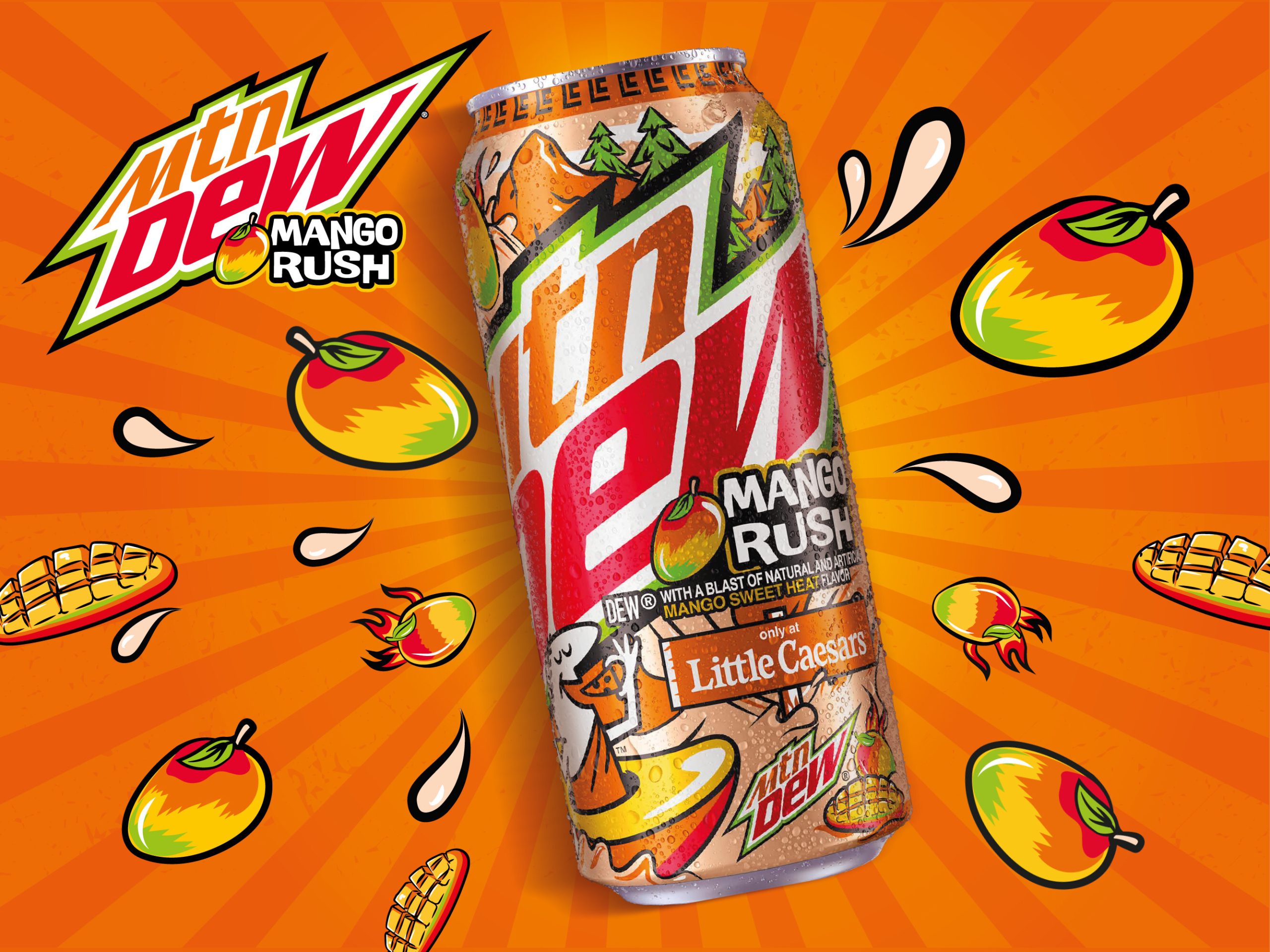The Steak Breakdown: Your Ultimate Guide to Cuts of Beef
The greatest thing to go from farm to table — at least since that time you had a dream about a date with Daisy Duke — is steak. But where does porterhouse come from? What’s the best way to cook a skirt steak? And, most importantly, what beer should you be drinking while enjoying a tri-tip? To find out, we teamed up with the butcher boys at PDX meat emporium Urban Farmer and watched them hack the prime cuts out of a cow, then came up with your definitive guide to beef cuts. Read on to know everything.
____
CHUCK
Where it is on the cow: Basically all the shoulder right behind the neck.
What it is: Chuck’s a value steak, but that doesn’t mean it’s not delicious when you get the right slab and have it prepared properly. The chuck eye is like the rib eye’s less well-to-do brother. The top blade’s what you’re getting with a flat-iron steak. Pot roast is all chuck. The rest goes into burgers. You’re a hell of a diverse guy, Chuck.
What to look for when buying it in a supermarket: Chuck’s often generically labeled, so definitely look for the one without a ridiculous amount of fat on it… otherwise, you’re grilling up something that belongs in a slow-cooker.
How to cook it: Because it’s a tougher cut, you need to pay special attention; if you keep it on the grill too long, chuck’s gonna be tougher than a certain Texas Ranger. You can also braise it, but you’ll definitely want to hit it with some tenderizer first. Or tie it up and roast it.
Sauce pairing: A thin red wine sauce.
Wine/beer pairing: A full-bodied red wine… because wines with body issues don’t eat steak.
How much a good cut costs per pound: $4-$8/lb, depending on your preferred cut.
____
BRISKET
Where it is: The lower breast, known on the human as the under-boob.
What it is: One of the most universally loved cuts around the world, it’s a mainstay in pho and extremely popular on the Korean BBQ menu. In Texas, it’s pretty much the state animal.
What to look for: You want a nice layer of fat on that sucker. Also, give it a poke: if it’s super-stiff, it’ll show when you cook it. If it’s soft, you’re gonna have something that melts in your mouth.
How to cook it: There are a billion ways to cook it, but in the interest of not being shot by the whole of Texas, the best way is to hit it with a rub and then slow-smoke it until it’s basically falling apart and rocks a pink ring otherwise reserved for The Cat in the Hat.
Sauce pairing: A tangy BBQ.
Wine/beer pairing: A cold tall boy.
Cost: $6-$8/lb.
____
TRI-TIP
Where it is: Toward the rear, right above the flank and behind the short loin.
What it is: For a while, this hunk of bottom sirloin was typically used for burgers. Then, in the ’50s, some dude in Cali decided that it would be better off as a grilled or smoked steak. He was right, and thus was born the Santa Maria steak, which is pretty much what all Californians eat (when they’re not starving themselves).
What to look for: Find one in the shape of a gigantic heart, one that’s fairly tender to the touch that contains a moderate amount of fat — these bad boys can be lean and easily dry out.
How to cook it: Grill that sucker. It’s the Cali way.
Sauce pairing: Smother it in BBQ or hot sauce and you’ll be all set.
Wine/beer pairing: No need to get fancy here. A Pacifico or six should do it.
Cost: $4-$5/lb.
____
FLANK-STEAK
Where it is: Right in the belly.
What it is: Most popularly used for the ultra-rare London broil and cut in chunks for stir-fry and carne asada, the flank’s like the skirt’s tougher brother, and typically requires either a super-slow or super-fast cook in order to become chewable.
What to look for: It’s gonna be long and thin, so find one that’s fairly consistent in girth (that’s what she said) — one that’s fat on one end and skinny on the other’s gonna be a bastard to cook evenly.
How to cook it: Because cows apparently have washboard abs, you’re gonna need to marinate this sucker, then either braise it or broil the holy hell out of it. Either way, you need to keep an eye on it so it doesn’t become so tough you pull a jaw muscle.
Sauce pairing: If you’re going the broil route, just hit it with your favorite steak sauce. If you’re going carne asada, you’ll want your favorite salsa.
Wine/beer pairing: A Spanish red (the wine, not the Barcelona-based commie) to accentuate the blood and spice.
Cost: $7-$9/lb.
____
TENDERLOIN
Where it is: Right in the middle of the loin, in that magical place between the short loin, the sirloin, and the round.
What it is: The tenderest, leanest part of the cow. It is the source of the filet mignon.
What to look for: Find one with a good network of fat rolling through it, and make sure the sucker’s as firm as possible, not all squishy like a meat Gusher.
How to cook it: You can roast a big’un and cut it into nice little bloody medallions, or blast that sucker in a broiler or on a grill to get the maximum flavor out of it.
Sauce pairing: Either a Bordelaise or garlic/mustard… or just put a lobster tail up top and call that sauce.
Wine/beer pairing: Go big — get the best Pinot you can find.
Cost: $20-$25+/lb.
____
T-BONE AND PORTERHOUSE
Where it is: The front end of the short loin, also known as the delicious part.
What it is: Two of the most prized cuts on the cow, they’re being lumped together here because people usually have a tough time telling them apart. Simply put, porterhouse steaks contain a larger portion of tenderloin. T-bones have more strip steak, plus clout among 1950s gangs. Both are delicious.
What to look for: Make sure the meat’s bright red, the cut is thick, and there’s a perimeter of fat that makes it look like a meaty Africa surrounded by an ocean of gristle.
How to cook it: Give it a dry rub, then fire-grill that bad boy. You don’t need to go nuts on the seasonings… the meat speaks for itself.
Sauce pairing: Pretty much anything works here, from a whiskey/mushroom to honey/balsamic/whatever to good old A1.
Wine/beer pairing: Any red wine should do you fine, but many folks maintain that a strong steak deserves a strong, dark beer — just for consistency, hit up a porter. Or a stout, if you don’t want to match.
Cost: $16-$22/lb.
____
RIB-EYE
Where it is: Right in the ribs.
What it is: Basically the best part of the prime rib section, rib eye’s a cut that does not actually have an eyeball inside. Instead, the eye refers to being cut from the center of the rib. As with prime rib, the layer of fat gives it an extra-awesome juiciness. Get it boneless, or be a total badass and get a tomahawk chop with the full rib sticking out.
What to look for: Make sure it’s bright red, with white strips of fat running throughout it… those suckers’re gonna melt right in.
How to cook it: Hit it with a nice dry rub and grill that sucker medium. This is also the meat used in the best cheesesteaks, so if you’re going that route, you’re thin-slicing it raw and grilling it up.
Sauce pairings: If you’re grilling, just a simple mushroom sauce. If you’re cheesesteaking, hit it with Cheez Whiz.
Wine/beer pairing: A nice Pinot noir to help accent the spices.
Cost: $12-$14/lb.
____
PRIME-RIB
Where it is: Right in the center. You know… in the ribs. The prime part.
What it is: Some call it a standing rib roast. Some a Sunday roast. But to the connoisseur of every single Friday-Saturday special at every diner in America, it’s prime rib, and it’s glorious: a fatty, ultra-rare cut of deliciousness that makes every bite taste like a holiday.
What to look for: Get it bone-in if you can (ask the butcher to cut the meat away from the bones for you), and make sure you get a hunk with tons of fat — fat equals flavor. And, of course, size matters… the bigger the prime rib, the better, since you’ll be able to get ultra-rare bits in the middle and fully cooked hunks at the end.
How to cook it: Hit it with salt & pepper (no use messing with perfection), then toss that sucker in the oven to slow-roast. Occasionally drink the juices that come out.
Sauce pairing: Just some good old jus should do it, but horseradish is also acceptable.
Wine/beer pairing: A nice pale like Rogue’s Dead Guy will help balance the salt/pepper crust.
Cost: $8-$12/lb.
____
SKIRT-STEAK
Where it is: Right along the front of the belly, underneath the rib.
What it is: A long, fatty cut from the diaphragm, this bad boy’s usually what you’re eating in a fajita or in a stir-fry. You’ll also find it served up on a skillet and cut against the grain to maximize tenderness.
What to look for: Since they’re long, you can use the floppiness factor: shake that sucker like a baby. The more it wiggles, the better off you’re gonna be.
How to cook it: Perhaps because cows are such strong singers, the diaphragm’s pretty tough, so you’ll want to marinate this sucker for a while before you either toss it on a high-heat grill or braise it. Make sure to cut it against the grain to maximize juiciness. Oh, and before you do anything, remove the gross membrane.
Sauce pairing: If you’re fajita-ing, then salsa. If you’re grilling, try an Argentinian chimichurri/garlic sauce.
Wine/beer pairing: Pop a cold amber, especially if you’re going spicy.
Cost: $6-$8/lb.
____
STRIP-STEAK
Where it is: The short loin (middle of the back).
What it is: Some call it the New York strip (because the dude behind Delmonico’s Restaurant claimed to have invented it). Some call it a club steak. Some people eat it in New York clubs, which is super-confusing. Basically, it’s the thick side of a T-bone, and one of the most popular cuts in the world.
What to look for: Find one that’s fairly firm with significant marbling (which is the fat interspersed throughout, not something that causes madness).
How to cook it: Like the T-bone & porterhouse, you don’t need to do much here… just salt/seasoning and a hot grill. Since it’s boneless, though, you’re gonna need to keep an eye on it to make sure it cooks evenly, as screwing up such a divine thing is cause to get punched in the mouth.
Sauce pairing: Do yourself a favor and hit it with a garlic/herb butter sauce.
Wine/beer pairing: Either an oatmeal stout or an imperial red ale.
Cost: $14-$18/lb.
____
TOP ROUND
Where it is: The rear leg.
What it is: One of the toughest and leanest of all the cow’s meats (apparently cows do a lot of time on the Stairmaster between bouts of standing around all day), which makes it super-popular for jerky and stew, and in health-conscious carnivores’ lettuce wraps.
What to look for: Minimal marbling and a distinct pinkness… if it’s all fatty, it’s not round (but you probably are).
How to cook it: You need to keep it tender, so your best bet is braising it or slow-roasting it to keep the juices locked in before thin-slicing it.
Sauce pairing: Toss on a layer of horseradish, or add extra moisture via a au jus or wine sauce.
Wine/beer pairing: A mellow Cabernet Sauvignon.
Cost: $6-$9/lb.
_____
TOP SIRLOIN
Where it is: Basically the small of the back, but with no Chinese-symbol tattoo (except maybe the USDA symbol).
What it is: Also known as the chateaubriand, this is the cut right below the tenderloin. It’s also referred to as the top butt. Snicker accordingly.
What to look for: Keep an eye on the words… if it just says “sirloin”, it’s probably not the good one. Find a “top sirloin”, and find one that’s about 1-2 inches thick with a nice band of fat.
How to cook it: Either roast it or grill it up as steaks, just be sure to trim the fat accordingly if you’re roasting so it’s not just a big, nasty glob.
Sauce pairing: Cover it in a mushroom marsala or a bourbon sauce for maximum umph.
Wine/beer pairing: A robust Merlot.
Cost: $10-$13/lb.


































